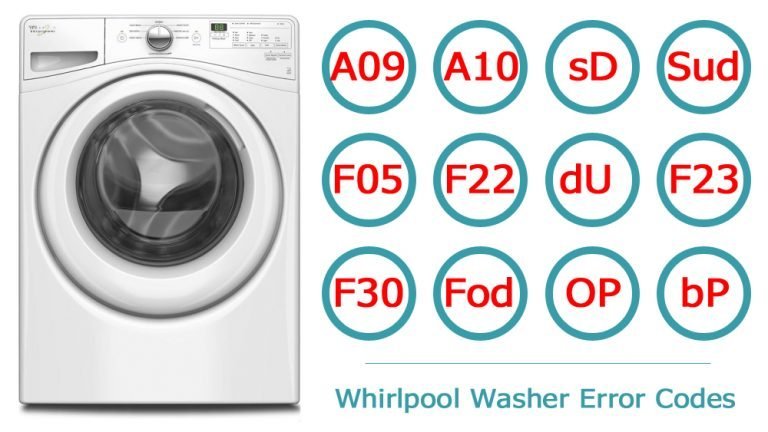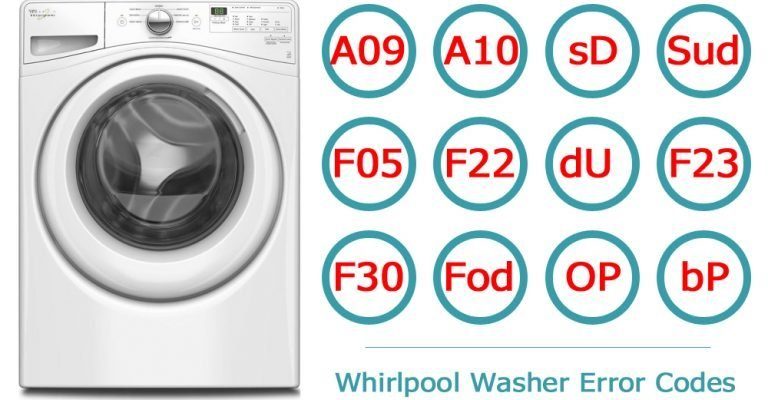
The LE error code typically signals a load error, possibly indicating that there’s something off with the motor or the load size in your machine. Think of it like your car’s check engine light — it’s simply alerting you to a problem that might need attention. But fear not, because understanding when to tackle the issue yourself and when to call a technician can save you time, money, and a heap of frustration.
Understanding the LE Error Code
So, what exactly is this LE error code trying to tell you? In simple terms, the LE error often stands for a “load error,” suggesting that your washing machine might be struggling to spin due to an unbalanced load. Imagine trying to carry an oddly packed suitcase; it feels off, right? Your washer feels the same, so it stops to avoid any damage. This might happen if there are too many clothes on one side, or if heavier items are mixed with lighter ones.
Sometimes, this code could also point towards a more technical issue, like a problem with the motor. Just as a car needs a running engine, your washing machine relies on a healthy motor to agitate and spin those clothes clean. An issue here might require more than just a quick fix, as these parts are essential for the machine’s operation.
You might be wondering if the error could just be a glitch. Occasionally, it is! Much like how rebooting your computer can solve a minor bug, resetting your washing machine might clear the error. Try unplugging it for a few minutes, then plug it back in and start it up again. If the code vanishes, great! If not, keep reading.
Common Causes of the LE Error
Now that you know what the LE error code means, let’s dive into what might be causing it. First up, consider the load distribution. If you’ve ever tried to walk with a backpack swinging wildly to one side, you know how awkward that can be. Your washing machine operates best when the load is evenly distributed. Overloading or having a tangled mess of clothes can trigger that pesky LE code due to imbalance.
Another culprit could be the motor itself. Over time, wear and tear can affect how well it functions, much like how a well-loved pair of shoes eventually need some repair. When the motor strains, it could send out that LE error as a distress signal, indicating it’s struggling to perform its job.
Finally, consider the age and maintenance of your machine. If it’s been a while since its last check-up, issues like worn-out bearings or a faulty rotor position sensor might be the cause. Just like a visit to the dentist can prevent cavities, regular maintenance can prevent bigger issues from cropping up.
When to Call a Technician
So, when should you call in the pros? If you’ve tried redistributing the load and resetting the machine without success, it might be time to reach out for expert help. Think of this as calling in a mechanic for your car issues. They have the tools and know-how to fix what’s beyond DIY repairs.
If the error persists despite your best efforts, a technician can diagnose deeper issues, like a defective motor or electrical problems. These components are often under warranty, so it’s worth checking before making any financial decisions. Attempting these repairs on your own could potentially void warranties or cause further damage.
It’s also wise to call a technician if you notice other troubling signs, such as strange noises or vibrations, which could signify larger issues at play. As tempting as it might be to try and solve everything yourself, a certified technician will ensure your washing machine gets back to its optimal performance safely.
Preventative Tips and Next Steps
Prevention is always better than cure, right? To minimize the chances of seeing that LE error again, ensure you’re loading your machine correctly. Spread clothes evenly and avoid overloading the drum. It’s like packing a suitcase; you want a nice even weight to avoid tipping the scales.
Regular maintenance checks are also crucial. Schedule a professional service for your washing machine at least once a year. This way, any potential problems can be nipped in the bud before they become major issues. It’s a bit like visiting the doctor for a check-up — regular assessments keep things running smoothly.
Finally, keep your washing machine clean and dry. After each use, leave the door open for a bit to allow moisture to escape, preventing mold and unpleasant odors. By keeping an eye on these little things, you’ll ensure your washing machine runs well and reduces the chance of unexpected errors popping up.
The LE error code might be a small inconvenience, but with a little understanding and some preventative care, it doesn’t have to turn into a big problem. Follow these tips, and you’ll be well on your way to a smoother laundry day experience!
